Golfers are often bombarded with a plethora of information and advice concerning golf balls, but how much of it is true? In this blog post, we’ll uncover the truth about golf ball myths and facts, delving into the science behind their performance, the impact of their construction, and how to choose the right ball for your game. Prepare to be enlightened as we debunk common misconceptions and reveal the true factors that influence golf ball performance.
Short Summary
Debunk common misconceptions about golf balls to optimize performance.
Consider factors such as ball speed, spin rate and launch angle when selecting a golf ball for the best results.
Consistency in golf ball selection is key for peak performance and enjoyment of the game.
Debunking Common Golf Ball Myths
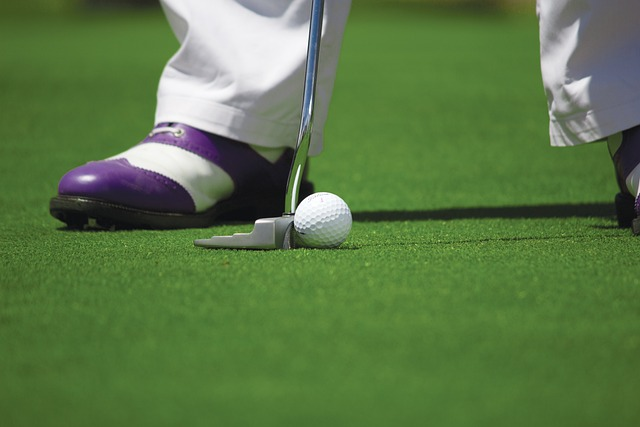
Golf ball myths have long been a part of the golfing world, leading to confusion and misinformation among players. Let’s set the record straight by debunking three widespread myths: soft golf balls don’t spin more, swing speed doesn’t determine ball choice, and coloured golf balls are not just for high-handicappers.
Understanding these myths and the truth behind them is essential for improving one’s golf game and making informed decisions about golf ball selection.
Myth: Soft Golf Balls Spin More
The belief that softer golf balls spin more is a common misconception among golfers. Contrary to popular belief, the spin rate of a golf ball is determined by the cover material, not the compression. Soft golf balls are designed to be more forgiving and generate less spin, allowing players to hit the ball farther.
In summary, soft golf balls do not spin more than hard golf balls, and the spin of the ball is determined by its compression rating and cover material.
Myth: Swing Speed Alone Determines Ball Choice
Another widely held belief is that swing speed dictates ball selection. While it’s true that swing speed can influence the compression of a golf ball, it’s essential to base ball choice on the golfer’s performance and personal preference. Factors such as ball speed, spin rate, and launch angle should be taken into account when selecting a golf ball, rather than solely focusing on swing speed.
In conclusion, swing speed is not the sole determinant of ball choice, and golfers should consider their overall performance and preferences when selecting a golf ball.
Myth: Coloured Golf Balls are for High-Handicappers
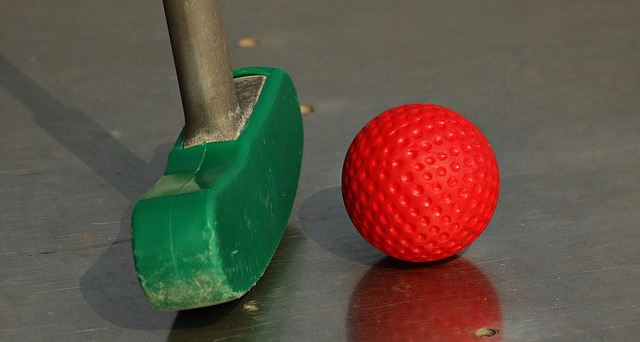
The notion that coloured golf balls are exclusively for high-handicappers is another misconception in the golfing community. In reality, coloured golf balls are designed to assist golfers in alignment and visibility, and can be used by golfers of any skill level. Their performance is not inherently different from that of white golf balls, and their suitability for high-handicappers is a myth.
In conclusion, coloured golf balls are suitable for golfers of any skill level, and their performance is not compromised by their colour.
The Science Behind Golf Ball Performance
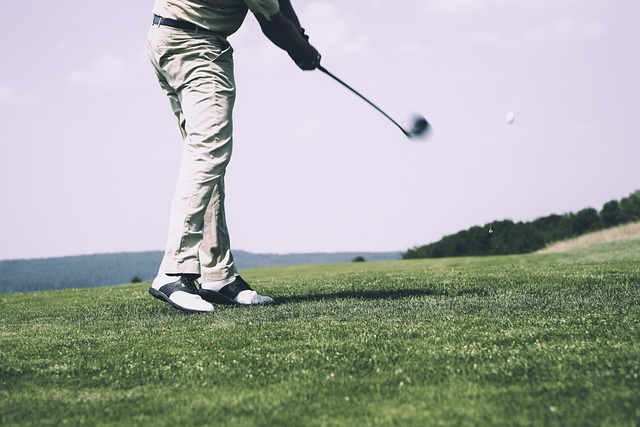
Now that we’ve debunked common golf ball myths, let’s delve into the science behind golf ball performance. Factors such as ball speed, spin rate, and launch angle play a significant role in determining how a golf ball behaves in flight.
In the following sections, we will explore these factors and their impact on golf ball performance, providing golfers with a solid understanding of the science behind their game.
Ball Speed and Distance
Ball speed and distance are directly correlated, with every additional mile per hour of ball speed resulting in an approximate two-yard increase in carry. Factors that influence ball speed and distance include clubhead speed, launch angle, spin rate, and the type of golf ball used.
To maximize ball speed and distance, golfers should use a golf ball that best suits their swing speed, launch angle, and spin rate, while also ensuring consistent technique and using the appropriate club for the shot.
Spin Rate and Control
Spin rate is another crucial factor that affects golf ball performance. The relationship between spin rate and control is not straightforward, as too much spin can cause the ball to climb too far in the air, while too little spin can cause the ball to fall out of the sky.
Factors such as the type of club used, the angle of attack, and the type of ball can all affect the amount of spin and the resulting control. By understanding the relationship between spin rate and control, golfers can modify their approach and equipment to achieve the desired spin rate and control for their game.
Launch Angle and Trajectory
Launch angle is the angle at which the ball is projected off the ground relative to the horizon and is a critical factor in golf ball performance, as it influences the trajectory and distance of the ball. Factors such as clubhead speed, angle of attack, and the type of golf ball used can influence the launch angle and trajectory of a golf ball.
By optimizing the launch angle and trajectory, golfers can attain the desired flight characteristics for their game, further improving their overall performance on the golf course.
Choosing the Right Golf Ball for Your Game
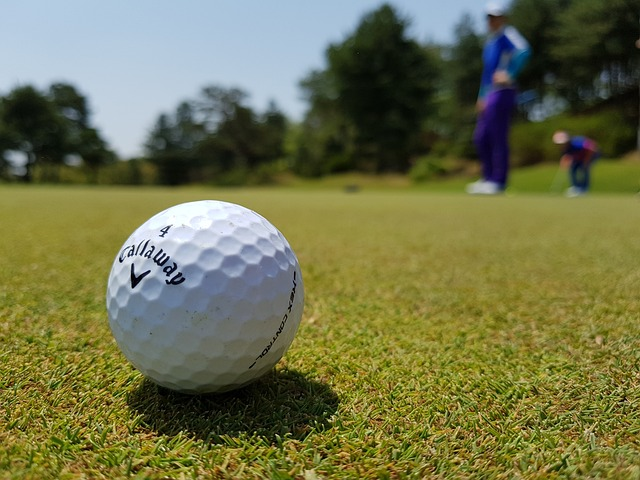
Armed with the knowledge of the science behind golf ball performance, it’s time to choose the right golf ball for your game. This requires assessing your short game, evaluating your irons and driver performance, and considering feel and personal preference.
In the following sections, we will discuss each of these factors in detail to help you make an informed decision about the ideal golf ball for your game.
Related – How to Choose a golf ball

Assessing Your Short Game
Improving your short game is crucial for lowering your scores and becoming a better golfer. To assess your short game, consider factors such as the type of golf ball, spin rate, and launch angle of your shots. Practicing scoring from varying distances and angles to a target can help improve your accuracy and distance control.
Additionally, measuring your proximity to the hole can provide valuable insight into your accuracy and distance control, ultimately helping you identify areas for improvement in your short game.
Evaluating Your Irons and Driver Performance
The performance of your irons and driver is another key aspect to consider when choosing the right golf ball for your game. Factors such as the type of golf ball being used, the distance of shots, and the accuracy should be taken into account when assessing the performance of your irons and drivers.
By understanding the nuances of your irons and driver performance, you can make an informed decision about the ideal golf ball for your game.
Considering Feel and Personal Preference
Feel and personal preference play a significant role in selecting the right golf ball for your game. Factors such as the compression rating, swing speed, and cover composition should be considered when assessing feel and personal preference.
By selecting a golf ball that suits your individual preferences, you can ensure optimal performance and enjoyment on the golf course. Remember, the right golf ball for one golfer may not be the right golf ball for another, so it’s important to experiment and find the ball that best suits your individual needs and preferences.
The Impact of Golf Ball Construction
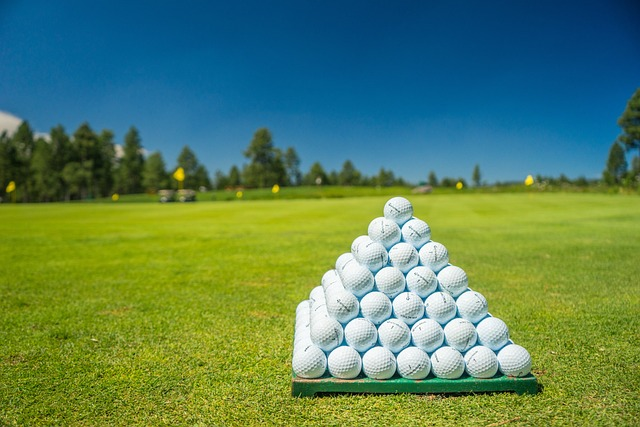
The construction of a golf ball can have a significant impact on its performance. Factors such as core materials and compression, cover composition and durability, and dimple design and aerodynamics can all influence the behavior of a golf ball during flight.
In the following sections, we will explore each of these factors in detail, providing golfers with a comprehensive understanding of how golf ball construction affects performance.
Core Materials and Compression
The core of a golf ball is the innermost layer and is generally composed of rubber or a synthetic material. Compression is the measure of hardness or softness of the ball and can influence its distance and spin.
When selecting a golf ball, it is important to consider the compression rating and the core material, as they can have a direct impact on the flight and distance of the ball. By understanding the relationship between core materials, compression, and performance, golfers can select a golf ball that best suits their individual requirements.
Cover Composition and Durability
The cover composition and durability of a golf ball can significantly influence its spin rate, distance, and feel. Urethane covers offer a softer feel and greater spin control, while Surlyn covers are more resilient and can potentially increase distance.
It’s important to consider the cover composition and durability when selecting a golf ball, as it can have a direct impact on the ball’s performance and longevity.
Dimple Design and Aerodynamics
Dimple design plays a crucial role in the aerodynamic properties of a golf ball. Dimples reduce drag and increase turbulence in the boundary layer flow around the ball, allowing air to move more smoothly around its surface.
The dimple design and aerodynamics of a golf ball can influence its distance and spin, making it an important factor to consider when selecting a golf ball for your game. By optimizing the dimple design and aerodynamics, golfers can attain the desired flight characteristics for their game, further improving their overall performance on the golf course.
Comparing Premium and Budget Golf Balls
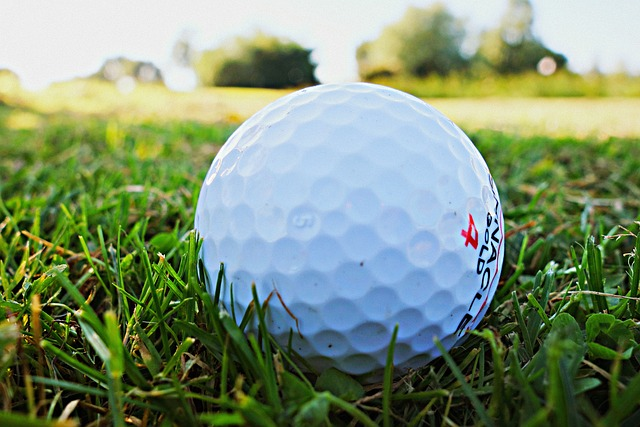
When selecting a golf ball, one crucial consideration is the difference between premium and budget golf balls. In this section, we will compare these two categories of golf balls in terms of performance differences, durability and longevity, and value for money.
This comparison will provide golfers with a better understanding of the differences between premium and budget golf balls, enabling them to make an informed decision about the right golf ball for their game.
Performance Differences
Premium golf balls generally feature more layers and a urethane coating, resulting in increased greenside spin and stopping power, while budget golf balls typically have a two-piece construction. The construction and performance of premium golf balls are designed to provide superior performance for players who demand the best from their equipment.
In contrast, budget golf balls may not offer the same level of performance, but they are more cost-effective for golfers who are looking for a more affordable option.
Durability and Longevity
Premium golf balls tend to be more resilient and have a longer shelf life than budget golf balls due to their higher-quality cover and core materials. This increased durability and longevity can be a significant advantage for golfers who play frequently and demand consistent performance from their equipment.
On the other hand, budget golf balls may not have the same longevity, but they are more cost-effective for golfers who are looking for an affordable option.
Value for Money
Premium golf balls are generally pricier than budget golf balls, yet they provide improved performance and longevity. The price disparity between the two types of balls can be substantial, making it essential for golfers to weigh the performance benefits against the cost.
While premium golf balls may offer superior performance, golfers should consider their individual needs and budget when selecting the right golf ball for their game.
Dispelling Gender-Specific Golf Ball Myths
Golf ball myths are not limited to just performance and construction; even gender-specific myths exist in the golfing world. In this section, we will debunk common gender-specific golf ball myths, such as the belief that female-specific golf balls are necessary.
The importance of choosing a golf ball based on performance, regardless of gender, is also a common misconception. It is important to remember that the performance of a golf ball is based on its construction and design, not the gender of the golfer.
Myth: Female-Specific Golf Balls are Necessary
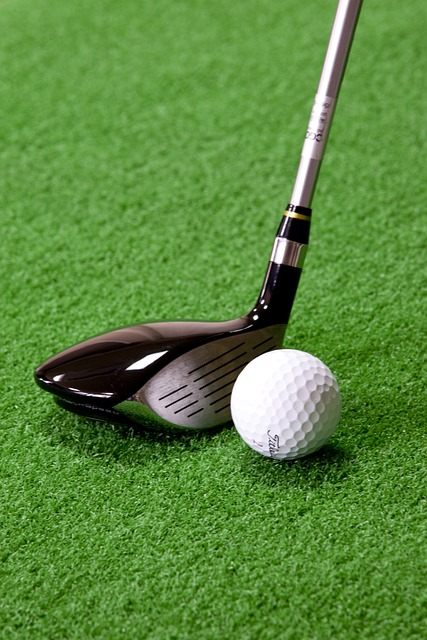
The misconception that female golfers should use female-specific golf balls is prevalent in the golfing community. In reality, there is no difference between men’s and women’s golf balls, as women’s golf balls are simply low compression golf balls marketed towards female golfers.
In conclusion, female-specific golf balls are not necessary, and both male and female golfers should choose a golf ball based on their individual performance requirements and preferences.
Choosing a Golf Ball Based on Performance
Selecting a golf ball based on performance is critical for both male and female golfers, as it can have a significant impact on the feel, distance, accuracy, spin, and control of the shot. Factors such as ball speed, spin rate, launch angle, and trajectory should be taken into consideration when selecting a golf ball, regardless of gender.
By choosing a golf ball based on performance, golfers can ensure optimal results and enjoyment on the golf course.
The Importance of Consistency in Golf Ball Selection
Maintaining consistency in golf ball selection is essential for achieving optimal performance on the golf course. In this section, we will discuss the importance of adapting club selection and technique to match the ball being used, as well as maintaining consistency in ball choice.
By understanding and implementing these principles, golfers can improve their overall performance and enjoyment of the game.
Adapting Club Selection and Technique
To maintain consistency in golf ball selection, it’s important to adapt your club selection and technique to match the ball being used. This includes understanding the characteristics of each club in your bag and selecting the appropriate club for the shot at hand.
Additionally, refining your technique and ensuring consistent alignment and swing mechanics will help you achieve greater accuracy and consistency in your golf game.
Maintaining Consistency in Ball Choice
Another critical aspect of maintaining consistency in golf ball selection is choosing a ball that suits your individual performance requirements and preferences. By consistently using the same ball, golfers can better understand their game and make more precise adjustments to their technique and club selection.
This ultimately leads to greater accuracy and consistency in the game, allowing golfers to reach their full potential on the golf course.
Summary
In conclusion, understanding the truth about golf ball myths and facts is essential for improving your golf game and selecting the right ball for your needs. By delving into the science behind golf ball performance, the impact of golf ball construction, and the importance of consistency in golf ball selection, you can make informed decisions about the ideal golf ball for your game. Remember, the right golf ball for one golfer may not be the right golf ball for another, so it’s crucial to experiment and find the ball that best suits your individual needs and preferences. Here’s to a better understanding of golf balls and a more enjoyable and successful game on the golf course!
